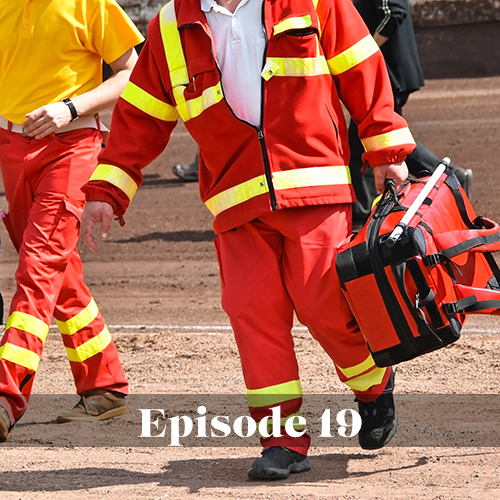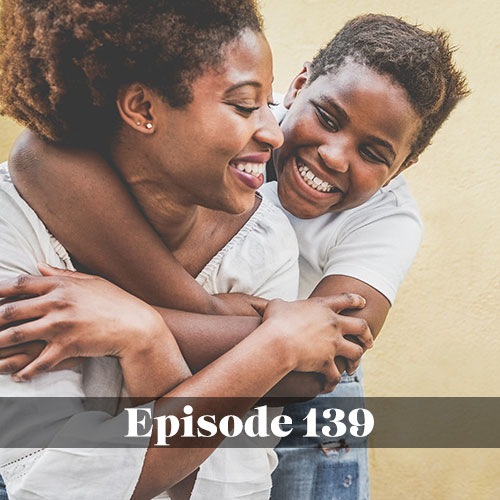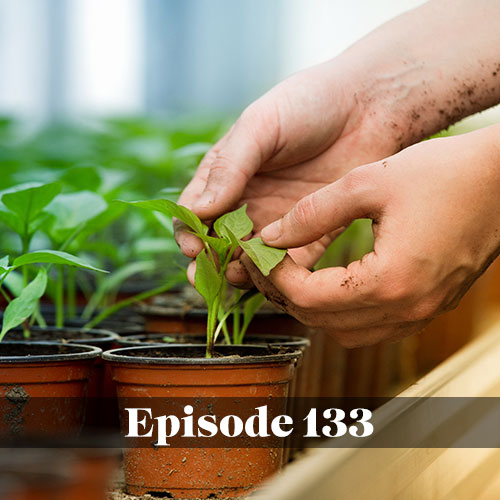This week’s podcast takes an honest look at school shootings and crisis situations from a school communications lens. We welcome Ellen Ondrey, the District Community Coordinator with Chardon Schools in Northern Ohio. Through conversation we seek to better understand both the process of dealing with a tragedy and the impact of crisis situations on schools as well as the community at large.
Media
Suburban districts don’t often have a lot of experience dealing with larger city center media outlets. As events unfold in a tragedy, the event can become the focal point quickly. Disseminating information to all the media outlets at once and not one at time is best. The press conference format and press release can help get information out reliably as well as facilitating a relationship that is sensitive to the extremely delicate nature of events that surround a crisis situation (victim information, the safety of students, funeral information, investigation details). Additionally, creating a space for the media that keeps them at a distance, and creature comforts like coffee and donuts can make a world of difference in the relationship a school district can have during and after a crisis situation.
Communication
In a crisis situation, with technology like texting, rumours and hearsay will run rampant and schools must do their best to communicate quickly and accurately. Parents and community members may have one story, but in these situations, communicating the most accurate and up to date information is crucial to managing the crisis. Statements or updates need to be consistent across all platforms, regardless of whether the communication is meant to go out to just parents or just staff, the information will be shared throughout and beyond the community.
Recovery
Preparation is essential. How will we unify our students, staff, and community at large? The trauma of the events are extreme, and the very best way to help people heal is to return to some sense of normalcy. Re- opening schools as soon as possible may seem callous or cold but in doing so, you return students back to that sense of normalcy and begin to connect students and families to appropriate services for their needs and levels of trauma. The impact of a tragedy is lifelong, it is a new normal. It can also lead to new issues; trauma and depression, risk, drug abuse, and suicide. Being aware and educating the community about these possible ramifications is necessary.
Sadly, tragedies and crises like school shootings are not uncommon and being mindful of the risks we face and the impact of such events is important. Preparation, caring, and communication both during and after a crisis are essential to helping to schools and the community to heal. Events like these permanently change the people and community, and the healing process is ongoing, a new normal.






